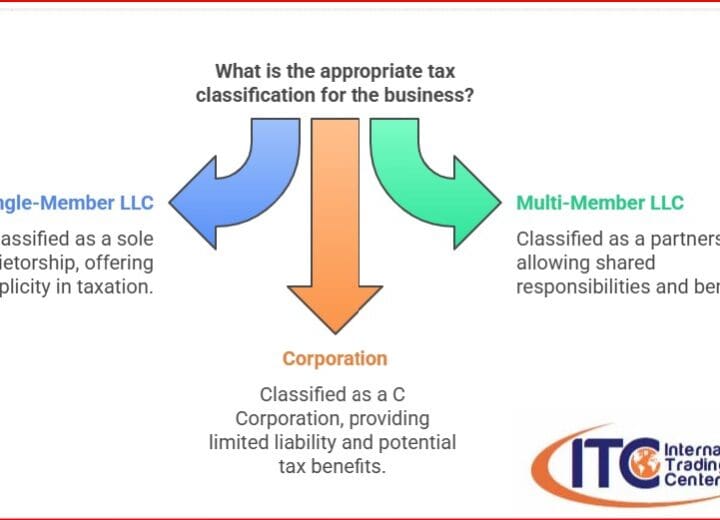In today’s fast-paced business environment, change is unavoidable. Companies often need to adapt to remain competitive. Although change is necessary, it can be challenging for employees to adjust to new systems and processes. This article explores various strategies to manage change effectively within an organization, focusing on minimizing disruptions and maintaining productivity.
Every business, regardless of size or industry, will face change. Preparing for these transitions is crucial. Change management strategies help organizations navigate these shifts smoothly. By understanding and implementing these strategies, businesses can support their employees and ensure success. This article provides insights into why change management is vital and how to develop a robust change management plan.
Why Change Management Matters
Change impacts every aspect of a business, from operations to employee morale. When routine is disrupted, it can lead to anxiety and decreased productivity. By implementing change management strategies, businesses can prepare their teams for transitions, ensuring they understand and embrace new processes. Leadership plays a crucial role in communicating the reasons for change and guiding teams through it.
Understanding Change Management Models
There are various models for managing change, each with unique strengths. Selecting the right model depends on the organizational needs. Models like Kotter’s 8 Steps or the ADKAR model focus on creating momentum and addressing individual employee needs. Understanding these models helps businesses anticipate resistance and maintain engagement during transitions.
Kotter’s 8 Steps Change Model
For Kotter’s approach to work, the organization must maintain the energy cultivated from early victories. Leaders play a pivotal role, as sustaining momentum demands persistent efforts and visible support from management. The model emphasizes the necessity of embedding the changes into the organization’s culture.
ADKAR Model
This model guides managers in handling resistance by addressing individual concerns and facilitating the learning of new skills. By focusing on each employee’s journey, the ADKAR model helps organizations support their staff adequately. This individualized approach can be crucial in achieving successful change adoption.
Lewin’s Change Management Model
The final phase, ‘refreezing,’ emphasizes solidifying changes into daily operations. By reinforcing new processes, businesses can ensure that changes are maintained over the long term. This consolidation phase is crucial for embedding changes into the organizational culture.
7-S Framework
This framework helps identify misalignments and guides necessary adjustments. By focusing on the interdependencies within an organization, the 7-S framework aids in managing change comprehensively, ensuring all areas are aligned with the new objectives.
Bridges’ Transition Model
Supporting employees through uncertainty in the ‘neutral zone’ is key. By providing reassurance and clear directions, organizations can assist in easing anxiety. Moving into ‘new beginnings,’ reinforcing the positive aspects of change ensures a smooth transition.
Kübler-Ross Change Curve
Understanding and preparing for emotional challenges can pave the way for a productive change process. Providing ongoing support and resources helps employees progress through each emotional stage more comfortably.
Developing a Change Management Plan
Training initiates should be continuous, ensuring necessary skills are developed over time. Establishing a support network is necessary to assist employees in adapting to new roles or technologies efficiently.
Sustaining Change
Evaluating performance metrics and gathering feedback help in adjusting strategies. By maintaining open channels of communication, businesses can refine their approach for sustained success.
Change management is vital for business adaptability. By implementing structured strategies, organizations can transition smoothly and support their workforce effectively.





